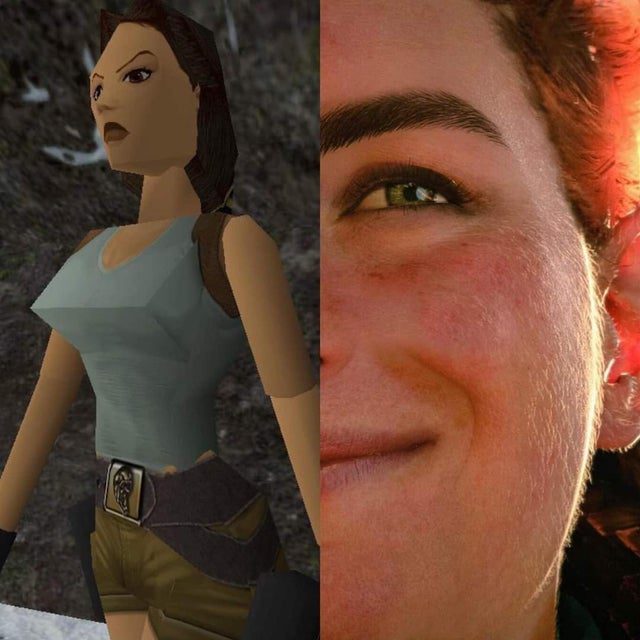The evolution of video game graphics has been immense over the last half-century of gaming. The early days of video games featured simple vector graphics on black and white screens. The 8-bit era of the 1980s saw color graphics make games more visually appealing, while games from the 16-bit era in the late 1980s and the 1990s became more immersive and detailed. The mid-2000s ushered in the HD era with consoles that could display graphics at 4K resolution, and virtual reality has opened new avenues for game developers to create immersive experiences. As technology continues to improve, the future of gaming looks bright.
The Evolution of Game Graphics: A Look at Gaming’s History
The video game industry has been around for over half a century, and its evolution has been immense. The technology used to create video games has improved drastically over the years, leading to the creation of some of the most visually stunning and immersive video games ever seen. In this article, we will take a look at the history of video game graphics and how they have evolved to become what we see today.
The Early Days
The early days of video games were simple. In the 1970s, games were created using vector graphics that were displayed on black and white screens. The games were very basic and consisted of a few simple shapes that moved around the screen. Pong, one of the first home video games, was released in 1972 and consisted of two simple paddles and a square ball.
The 8-bit Era
In the 1980s, video game graphics underwent a significant transformation. The era of 8-bit graphics was born, and game developers began using color graphics to make their games more visually appealing. 8-bit graphics were still very basic, but they allowed for more detail and color, and games like Super Mario Bros. and The Legend of Zelda became iconic classics.
The 16-bit Era
The 16-bit era of video game graphics began in the late 1980s, and it was a huge step forward in terms of technology. The era was defined by the Super Nintendo Entertainment System (SNES) and the Sega Genesis, both of which had more powerful processors and better graphics capabilities than their predecessors.
Games like Sonic the Hedgehog and Super Metroid were released during this era, and they featured immersive worlds with more detailed graphics and animations. The 16-bit era paved the way for more complex game mechanics and storylines, which became possible thanks to the increased processing power.
The 3D Revolution
The 3D revolution in video game graphics began in the mid-1990s with the release of the original PlayStation. The new hardware allowed game developers to create fully 3D polygonal graphics, giving birth to a new era of gaming.
Games like Tomb Raider and Resident Evil took advantage of the new technology to create immersive worlds that were more realistic than ever before. The 3D graphics also allowed for more complex game mechanics, such as jumping and climbing.
The HD Era
The HD era of video game graphics began in the mid-2000s with the release of the Xbox 360 and PlayStation 3. The new consoles were capable of displaying high-definition graphics, which allowed for even more detail and realism in video games.
Games like BioShock and The Elder Scrolls V: Skyrim were released during this era and featured stunning graphics and vast open worlds. The HD era also saw the introduction of motion capture technology, which allowed for more realistic character animations and facial expressions.
The Present and Future
Today, video games are more visually stunning than ever before. The latest consoles are capable of displaying graphics at 4K resolution, which allows for even more detail and realism in video games. The introduction of virtual reality technology has also opened up new avenues for game developers to create immersive experiences for players.
As technology continues to improve, it is exciting to think about what the future of video game graphics may hold. With the ongoing development of artificial intelligence and machine learning, we may see fully photorealistic games in the near future.
Conclusion
Video game graphics have come a long way since the days of Pong. From basic vector graphics to fully photorealistic 3D graphics, the evolution of game graphics has been immense. The technology used to create video games is constantly evolving, which means that the future of gaming is very bright. We can only imagine what incredible visual experiences game developers will be able to create in the years to come.
